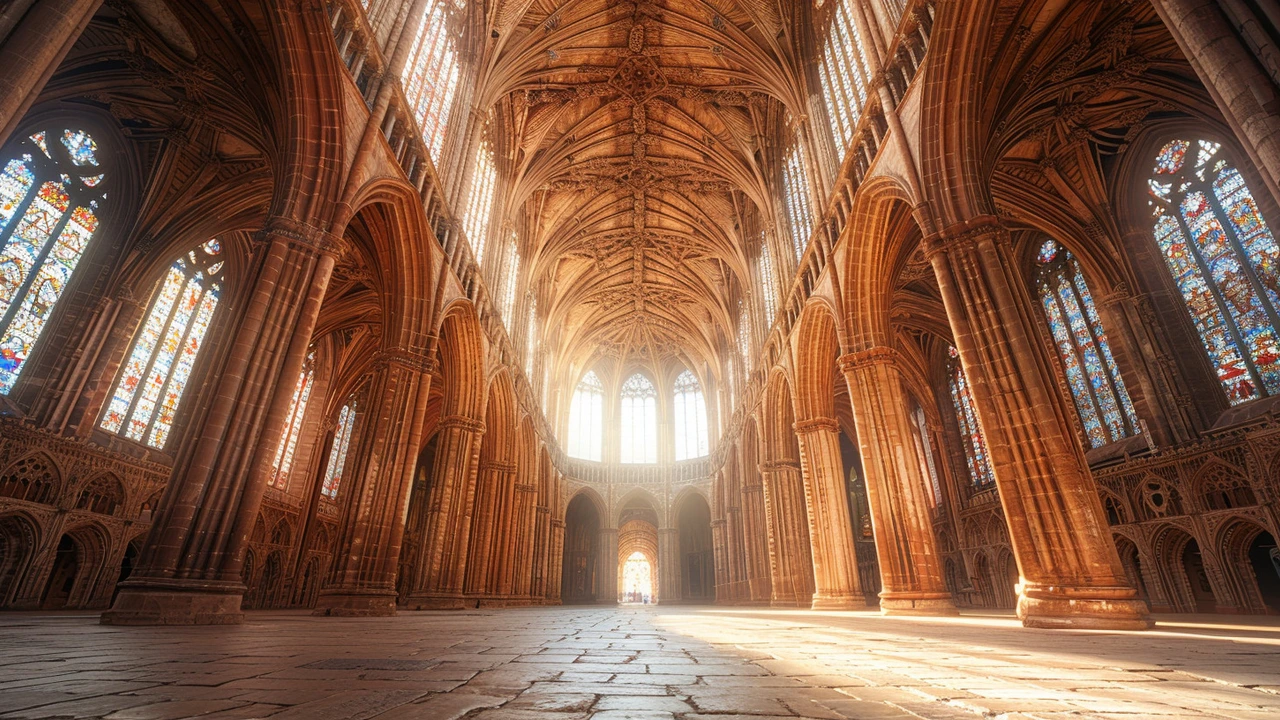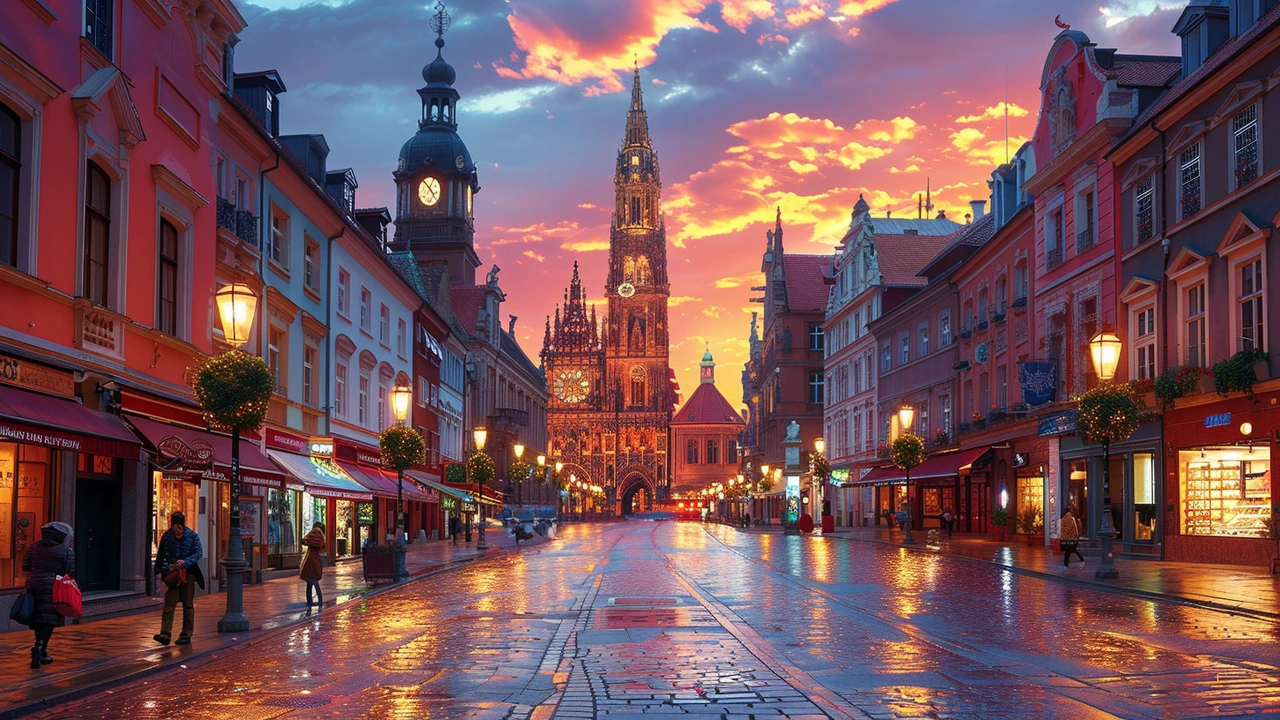This article delves into the unique characteristics and history of Romanesque architecture, which thrived during the medieval era. It emphasizes the style's hallmark features such as semi-circular arches, robust structures, and ornamental arcading. The significance of Romanesque buildings in the evolution of European architecture is explored, revealing how these structures paved the way for the gothic style. Readers will gain insights into famous Romanesque buildings and practical tips for recognizing this architectural form.
Medieval structures: how to spot and understand castles, churches, and walls
Ever walked past a stone tower and wondered what stories it hides? Medieval structures are everywhere if you know what to look for. This guide gives clear, practical tips to identify common types—castles, churches, city walls—and to read their main features without jargon.
Start with the purpose. Castles were military homes and power centers: look for thick curtain walls, a keep or donjon, narrow arrow slits, and a gatehouse with defensive features. Fortifications and city walls often show repeated towers along a curtain, a walkway on top (the chemin de ronde), and later repairs where cannon changed design. Churches and cathedrals usually aim upward: high vaults, stained glass, and sculpted portals that tell stories in stone.
Quick ID: Romanesque vs Gothic
Two big medieval styles keep coming up. Romanesque (roughly 10th–12th century) favors round arches, heavy thick walls, small windows, and a squat, solid look. Gothic (12th century onward) goes tall and light: pointed arches, ribbed vaults, flying buttresses, and large windows filled with stained glass. If a building feels heavy and fortress-like, it’s likely Romanesque; if it reaches up with tall windows and delicate supports, it’s Gothic.
Materials tell stories, too. Local stone, reused Roman blocks, and timber roofs reveal regional choices and later repairs. Mortar color, tool marks, and patched sections often show where a structure was updated or repaired after damage. Look for visible joints where different eras meet—those seams are history in plain sight.
Visiting and photographing tips
Want better photos and a richer visit? Walk the perimeter first to understand the layout. Shoot at golden hour for softer light on stone. For interiors, use a wide lens and steady hands; cathedral vaults photograph best from the nave looking toward the transept. Don’t ignore small details—carved bosses, graffiti, and mason’s marks are tiny clues about builders and dates.
Respect the site. Many medieval buildings are fragile and still used as churches or homes. Follow signage, stick to paths, and avoid touching painted surfaces or delicate carvings. If there’s a local guide, take the tour—guides point out features you’d miss on your own and explain why certain changes happened.
Finally, read layers not labels. A castle may look medieval but include Renaissance windows or 19th-century restorations. Those layers show how people reused and valued these places over time. Spotting later additions helps you understand changes in warfare, worship, and daily life.
If you want, use our tag page to jump to articles on Roman engineering, Gothic cathedrals, and castle design. Each post digs into examples, regional differences, and practical ways to notice the details that make medieval structures so compelling.
Gothic architecture offers a mesmerizing glimpse into the past, showcasing the creativity and engineering marvels of the medieval period. This article delves into the intricate details and unique characteristics of Gothic architecture, exploring its origins, evolution, and lasting influence on modern design. From towering spires to elaborate stained glass windows, readers will discover the artistic and technological innovations that define this captivating style. The discussion includes iconic examples and tips for experiencing the beauty of Gothic architecture firsthand, making it a comprehensive guide for history buffs and architecture enthusiasts alike.


